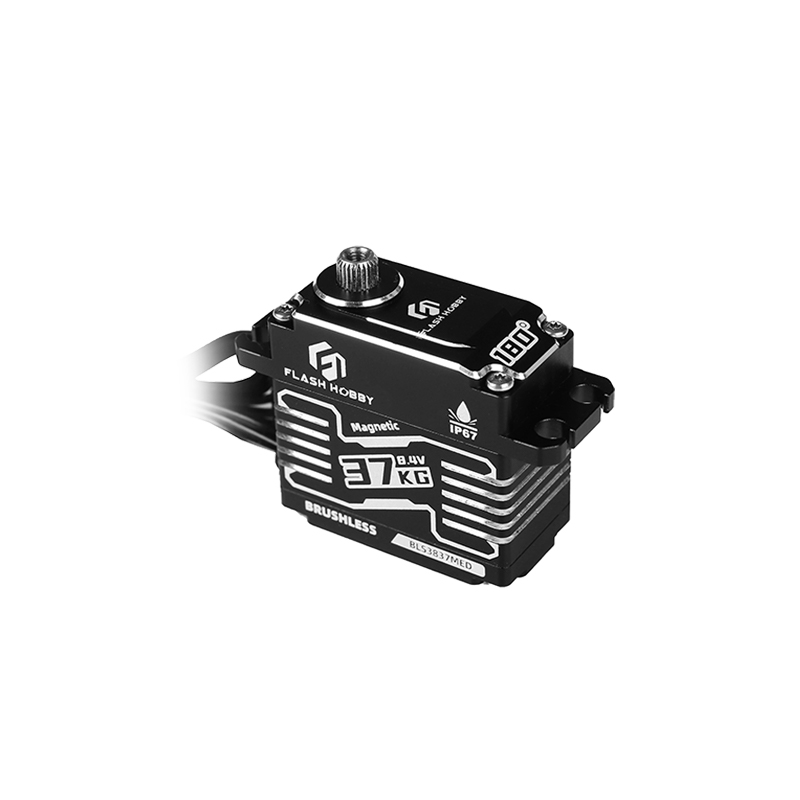Navigating Limits: Challenges and Considerations in Magnetic Servo Technology
2023-11-29
Introduction:
Magnetic servo technology has undoubtedly revolutionized precision control and motion management across various industries. However, like any technological innovation, it comes with its set of challenges and limitations. In this blog, we will explore the hurdles and considerations associated with magnetic servo technology, shedding light on the aspects that engineers and users should be mindful of in the pursuit of optimal performance.
1. Cost Considerations:
While the benefits of magnetic servo technology are substantial, the initial cost of implementing such systems can be relatively higher compared to traditional servo technologies. The advanced sensors and components used in magnetic servos contribute to the upfront expenses, making cost-effectiveness a key consideration for some applications.
2. Complexity in Design:
The intricate design of magnetic servo systems, especially those incorporating direct drive technology, can add a layer of complexity. This complexity may pose challenges during the design and integration phases, requiring specialized knowledge and expertise.
3. Sensitivity to Environmental Factors:
Magnetic servo systems, particularly those with high-precision magnetic sensors, may exhibit sensitivity to environmental factors such as magnetic interference or extreme temperatures. Ensuring stable performance in diverse conditions may necessitate additional protective measures or environmental controls.
4. Limited Torque at Low Speeds:
In some scenarios, magnetic servos may exhibit limited torque at low speeds. This limitation can impact applications that require high torque during slow movements, such as the startup phase of a motor.
5. Temperature Considerations:
Magnetic materials can be sensitive to temperature variations, which may affect the performance of magnetic servo systems. In applications where temperature control is challenging, additional measures may be required to mitigate potential issues.
6. Maintenance Challenges:
While magnetic servos generally require less maintenance compared to traditional servo systems, servicing or repairing them may pose challenges. The specialized nature of magnetic components might require expertise not readily available, potentially leading to longer downtime.
7. Power Loss in the Motor:
In certain scenarios, magnetic servo motors may experience power losses, particularly in situations where the magnetic fields encounter resistance or impedance. This can affect overall system efficiency, necessitating careful consideration in applications where energy efficiency is crucial.
8. Size and Weight Constraints:
The incorporation of advanced components, especially in high-performance magnetic servo systems, may result in larger and heavier designs. In applications where space and weight are critical considerations, these factors could pose challenges.
Conclusion: Navigating the Magnetic Terrain
While magnetic servo technology brings forth a multitude of advantages, acknowledging and navigating its challenges is crucial for successful implementation. Engineers, manufacturers, and end-users must carefully weigh the benefits against the limitations, ensuring that the chosen technology aligns with the specific requirements of the application. As research and development in this field continue, it is foreseeable that ongoing innovations will address and mitigate some of these challenges, further enhancing the capabilities and applicability of magnetic servo systems in the ever-evolving landscape of precision control.



